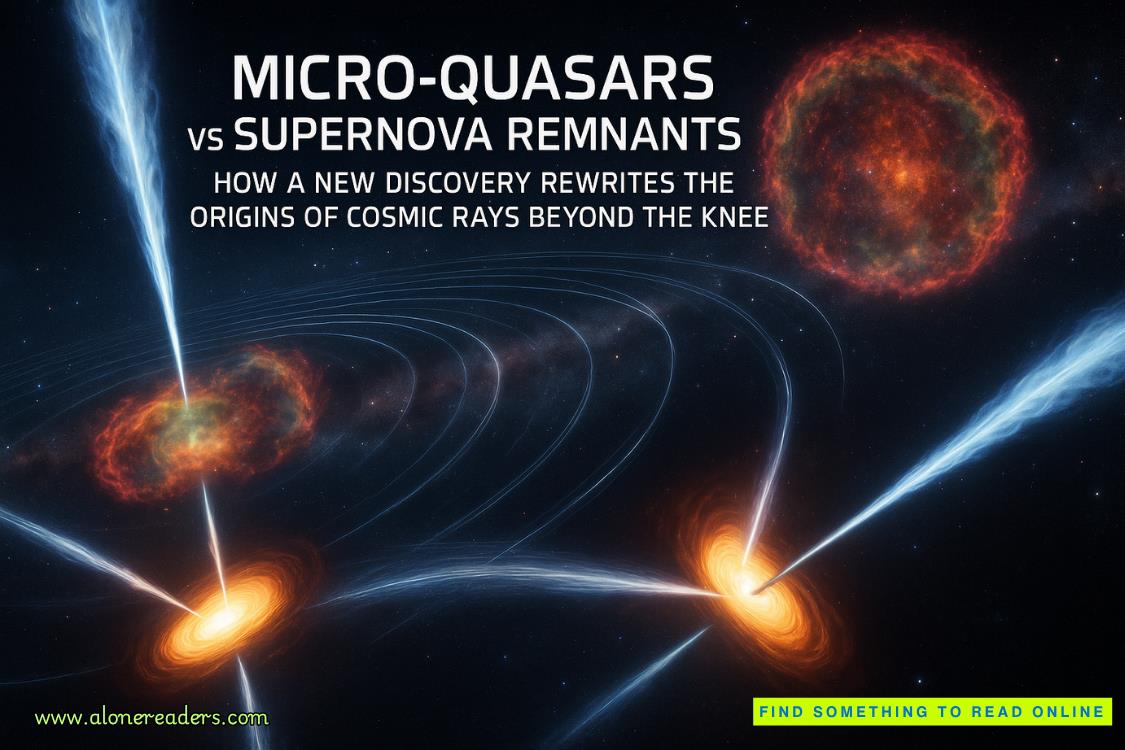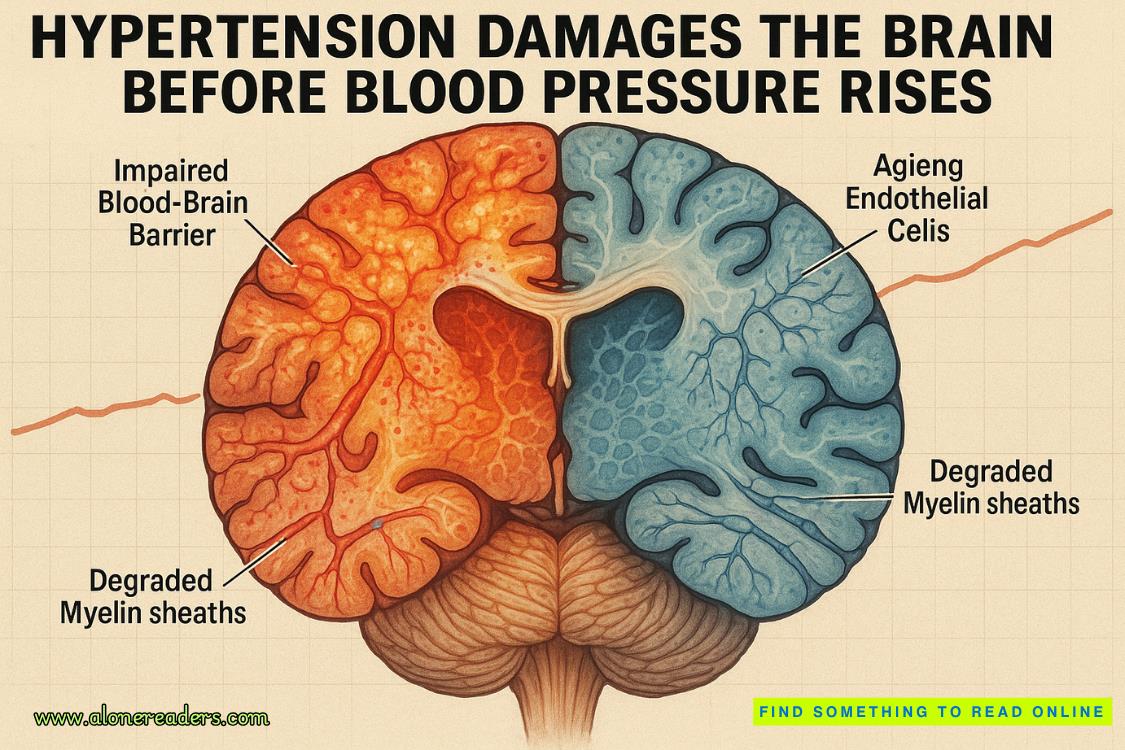Page 2 of Picture This
Dressed in a high-collar designer suit that was quaintly reminiscent of the nineteenth century, Felix Baum resembled the classic Victorian dandy, evoking an Oscar Wilde character or someone one might find in a lesser known Victorian Gothic novel – an interesting choice of persona for someone born and bred in the American West, Susie thought, both surprised and annoyed at the intensity of attraction she felt looking at the photo. There was no trace of anything malevolent in his face: nothing but a kind of intelligent empathy. Susie glanced down again: celebrity, the addiction of power, corrupted beauty; they were similar beings. She knew it, had sensed it the moment she’d first heard him on the phone. She’d recognised that dangerously seductive blend of arrogance and hesitation, bravado threaded with a filigree of vulnerability – the need for affirmation of legitimacy.
Easily the most powerful young curator in New York and now possibly in the whole of America, Felix Baum had courted her obsessively. Determined to launch her in the US, he’d bullied and pushed every other potential representation aside. This kind of attention from Baum was unheard of; he was the kind of gallery director artists would prostitute themselves for, just to secure an invite to an opening at his gallery. But Susie Thomas was now almost as famous as Baum himself, and initially she’d refused to take his calls or answer his emails, and thrice had failed to make an appearance at meetings set up by her London gallery functioning as a broker between the two huge personalities. Only once she had negotiated a show entirely on her own terms had she agreed to a departure date – a mere three months before the show was scheduled to open. Such bald-faced audacity was remarkable, particularly when it involved someone as terrifyingly omnipotent as Felix Baum, and yet Susie’s strategy had worked.
Pushing back her thick red hair, she lifted the window blind and peered out at the sky. It was darkening, the sun now a streak of crimson, a rip in the blue canvas; the inevitability of night seeped up over the horizon. Susie sighed. She hated time. It was the one thing she could not control, could not reverse, fast-forward, edit, manipulate, improve upon with artifice. Even at just 35, she’d lost a number of friends to a variety of deaths, had already seen her peers become fashionable, judged, then discarded. For her (as for many of the new wave of Young British Artists), impermanence was the mirror-twin of permanence. The very drive to shock, to jolt the establishment out of its complicity, meant courting the possibility of becoming transient, a fad. It was her secret dread: to become obsolete before she became a brand – a fear shared by everyone in her circle.
Together with a small group of contemporaries who had graduated from London art schools such as Chelsea, Goldsmiths, the Slade, she had formed a movement that surfed on a wave of frustration, class alienation and pure ambition. The members of this new wave were driven by a desire to shake off the mediocrity and crushing legitimacy of figurative painters such as Francis Bacon, David Hockney and Lucian Freud represented by the old-school Cork Street galleries. In the opinion of Susie and her peers, this set of individuals with their upper-class connections had stultified the progress of British art for most of the twentieth century with their inward-gazing cottage industry that served the elite and perpetuated the employment of rarefied academics. The new breed of Young British Artists had set out to smash this elitist conspiracy and electrify the actual notion of art. And they had succeeded spectacularly, until (just as it had with the earlier punk movement) commerce gobbled up controversy and turned the YBAs (as they became known) into an extremely profitable commodity themselves.
Did Susie Thomas care? No. The political ethics of what she made did not keep her awake at night. Unlike many of her contemporaries, she hadn’t been born into the lower middle class; her life had begun in the kind of grinding poverty that had at its core a humiliating shame, an absence of cultural stimuli and a surfeit of boredom that seemed insurmountable. The illegitimate child of a single mother, she’d grown up on a council estate on the outskirts of Manchester, where even the postman didn’t like to deliver and many families were third- or fourth-generation welfare-dependent. It had been a killingly tedious place for a fiercely imaginative child to grow up in. For Susie (or ‘our Sue’ as she was known back then) there had never been any romanticism around the notion of starving in a garret. Ever since she could remember she’d wanted to escape, to le
ave behind the estate, who she was and to whom she had been born. London, like a glittering Mecca, a palpable city of Oz, danced seductively in the south, its siren song billowing out and filling the very air she breathed night and day, providing the wind to fill her sails and carry her away. To stay meant death, to leave meant certain reinvention: there was no argument. She’d hitched to London on her 14th birthday, her mother not even bothering to file a missing person’s report.
And so, despite her reputation for being a maverick who deliberately courted anarchy, both emotional and sexual, and despite the stories (which appeared with calculated regularity in the scandal sheets and Sunday papers) of the drunken escapades, the parties, the addictions, the beds littered with broken-hearted lovers clutching at a memory and a wisp of red hair, Susie Thomas was a construct. The woman as an artist was always and inherently in control, a meticulous choreographer of beautifully designed chaos. There was nothing she did by accident: not one drinking session, not one seduction, not one provocation. Her scandalous cocaine habit had been carefully orchestrated in thin white lines snorted off the office desks of the top fashion magazines, a tabloid photographer hovering within blurry distance; her bisexuality was legendary and heavily publicised, the image of her pubic hair shaved into the shape of a snake (as in the garden of Eden) omnipresent; her public temper tantrums a regular feature in the gossip columns. She’d become not so much an artist as a symbol of a way of life – a fantasy for women frustrated with their own monogamy and grey horizons. The business of art had played her and in turn she had played it – so far.
As one of the few working-class students at the Guildhall and then at the Slade, she’d learnt the power of indifference, of superficially not giving a fuck, the potency of outraging the status quo. The lesson had been reinforced when she had been labelled as part of the YBA movement – then a nebulous bunch of college students, surviving the crash of 1987, followed by the rise and rise of New Labour and the obscene moneyed orgy London had become during the nineties. She’d played history and made it her slave.
Yet for all this success, she’d loved only once in her life. Even now the memory of that nauseating vertigo, that sense of being entirely out of emotional control, was enough to send her into a panic attack. How she had given herself, how she had surrendered, totally abandoning the many narratives she’d built up around herself, the entire facade toppling in the wake of the giddy, irresistible roller-coaster ride. Inevitably it had ended in tragedy. Was that the requisite for love? A fatal attraction to the finite, or perhaps the notion that through making an impossible love work one might conquer one’s own morality?
Susie stared out of the plane window, then reached into the seat pocket to pull out the digital camera she always carried with her to capture images she’d use later. Through the lens the sunset-streaked clouds below looked ethereal. It was less than a year since the death of her ex-lover and here she was, still obsessed by such questions, still grieving and incomplete. It felt strange to contemplate new work, knowing that Maxine could not be a part of it. Ironically, it had been Susie’s stellar success that had awakened in her young muse a yearning to establish herself professionally, to carve out her own achievements. The sculptor had moved to New York and was just beginning to find success, having been selected to be part of a group show at Felix Baum’s gallery, when she committed suicide.
Susie’s eyes returned to the photograph of Felix Baum. How well had he known Maxine? Had she been just another name to him, yet another young artist in his vast stable? Had they even met?
Susie folded away the magazine and turned on the entertainment screen. The display showed two hours to go before landing. She pulled the mask down over her eyes and snuggled into the reclining seat. Curling her mind around the roar of the engines, she fell back to sleep.
Chapter Two
Felix looked at his watch. Susie Thomas and her entourage were running late by half an hour. It was a test, he thought, a way of setting the power dynamic between them from the beginning; no one was ever late for Felix Baum.
He stood in the half-decorated office, poised like a piece of furniture waiting to be installed. Out in the gallery there was the distinctive click of the door, followed by the murmur of voices, one – female, raucous, with a northern English working-class accent – rose above the rest, defiant, laced with a kind of sexy anger. Felix checked his appearance in the mirrored surface of a sculpture leaning against the wall. Sweeping back his hair, he was surprised to find a swell of apprehension rippling through him. This was new. He’d experienced so much in the last few years that hardly anything now held the power to excite him. A surfeit of stimuli, both artistic and sexual, mixed in with phenomenal professional success, had deadened him, leaving him flatlining in a sea of ennui. It was great to feel an edge again. He relished the sensation a second longer, then stepped out into the gallery.
She was standing with her back to him, but even so he would have recognised her anywhere. The slightly hunched poise was distinctive and somehow reminiscent of a small bird of prey about to take flight – a sparrow-hawk perched on a ledge ready to plunge into the updraught. It was the same intensity he’d noticed in some of her photographs, and the recognition felt both personal and erotic, a secret shared between him and the artist. She swung around.
‘So you are here,’ she joked, and the electricity of the actual physical presence of one another leapt like a bolt between them.
‘Would I be anywhere else?’ He held out his hand. ‘I hope the flight wasn’t too awful.’
She placed her hand in his and he squeezed it with that fey intimacy he adopted with all his artists, hoping that this would somehow normalise the situation. Her hand was cold, the skin as rough as a man’s, and the ambiguity excited him. The artist was plainer in person than the photographs and footage he’d seen of her suggested. There was beauty, but it was an ordinary, symmetrical kind of prettiness dressed up with outlandish make-up and several facial piercings: a small gold nub by her right nostril, a ring through the corner of her left eyebrow. In stark contrast to the persona on display above the neck, below it she was dressed entirely in Chanel: a conservative pink tweed suit offset by fluorescent purple fishnet stockings and four-inch platform shoes. It was only on closer inspection that he realised that what appeared to be a strand of pearls was in fact a strand of tiny pearl-like skulls.
Susie Thomas was, Felix decided, the perfect illustration of how Americans imagined a Young British Artist should look – an eccentric mixture of street and couture.
‘It’s hard to suffer in first class. Although I had a fucking terrible hangover. Thought my eyeballs might explode over the Atlantic. It’s fantastic to be here, finally.’
Susie stepped back, coolly assessing the man standing before her. He was taller than she’d imagined, around six foot three, although the roundness of his skull made him seem shorter. There was an aura of power about him. If he were a colour it would have been deep blue shot with veins of purple, she decided. She’d seen it once before when she’d met the prime minister, only he’d worn the mantle with a graceful ease. With Felix Baum, the mantle fell jarringly across his shoulders, as if it were held there a little too tight. All the same, he was blindingly attractive. Jolie laide, the French would have called him. Feline in his movements, his hands (and she was a woman who loved a beautiful hand on a man) manicured and tapered, the long elegant fingers talking in the air as he swept back his shoulder-length black hair before stepping across the room to greet her. Beneath the cashmere suit, his body was taut against the silk shirt; the trousers clearly defined a promisingly heavy groin and well-muscled buttocks. For a moment she wondered whether he was gay; rumour had it that Baum could be anything that was on offer, or nothing at all. She knew better now, seeing him in person. She sensed that he, like herself, was primarily sexual; the gender of the object of desire was a secondary consideration.
Bemused by her scrutiny, Felix turned to Susie’s two companions.
?
??So this must be Alfie Lewis and Muriel Hastings. I believe I’ve met both of you over the Internet.’
Alfie was an ethereally handsome mixed-race man in his early twenties, who sported peroxide waist-length dreadlocks and a tartan skirt over leather leggings, with pierced nipples clearly visible through a fishnet silver T-shirt.
‘Pleasure to meet the famous Felix Baum.’ Alfie shook Felix’s hand, his pristine Oxbridge accent surprising Felix.
‘Infamous, perhaps. I wouldn’t quite use the word famous…’
‘And this is Muriel Hastings, my design assistant, prop-maker, mother substitute and general dogsbody… ’ Susie indicated the grey-haired, demure woman in her early sixties who stood beside her, incongruously clutching a couple of large hatboxes and looking startlingly conventional next to Alfie and the artist. The woman nodded gravely at Felix.
‘As you know,’ Susie continued, ‘Alfie’s my production coordinator and will be responsible for location scouting, casting and troubleshooting—’















